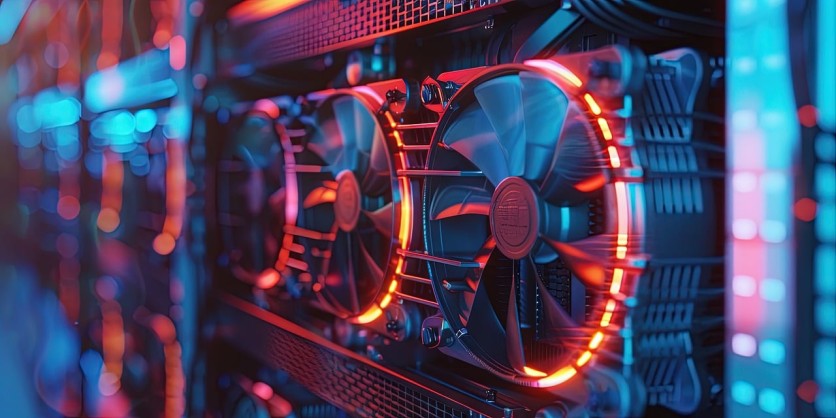
In Molecular Dynamics, calculations are performed billions of times, with millions of lines of code involved. The role of GPU Computing in accelerating biomolecular simulations.
Molecular dynamics (MD) is a computer simulation method for analyzing the physical movements of atoms and molecules. The atoms and molecules are allowed to interact for a fixed period of time, giving a view of the dynamic "evolution" of the system under investigation.
The first MD simulations were carried out by Alder and Wainwright in the 1950s, at the dawn of the computer age, to study simple fluids by models representing atoms as rigid disks and spheres.
In recent decades, the use of MD has become increasingly accessible and widespread in scientific research, until it has become the method of choice for the theoretical study of the atomic detail of biomolecules.
Accelerating Molecular Dynamics Simulations
MD is iterative in nature and calculus-based, and it is among the most time-consuming computational. Calculations are performed billions of times, with millions of lines of code involved. This is the reason why MD makes use of GPU Computing for accelerating these calculations.
The most used software for Molecular Dynamics calculations is GROMACS, for it high level of efficiency. The most recent version of GROMACS (2023), for example, allows reducing the overhead between GPU and CPU, so increasing the performances of biomolecular simulations.
In particular, GROMACS can perform several types of computationally intensive calculations on the GPU.
Moreover, with the 2023 version, performances significantly improved and increased their scalability.
GPU Computing: A Real Evolution in DM

A graphics processing unit (GPU) is a highly specialized electronic circuit aimed at solving computational problems divided into small, simple, independent tasks that can be performed simultaneously just as in the case of DM simulations.
GPU computing has brought a real revolution in DM because it can run simulations up to ten times faster on average than the same CPU-equipped computer. Moreover, to achieve the same performance, the same CPU-equipped computer would have to be five times larger than a GPU-equipped computer; consequently, using GPUs also halves power consumption.
In particular, cloud GPU computing proves to be an excellent choice that simultaneously maximizes performance and P/C ratio. This approach provides the user with greater ease of use of the system and a drastic reduction in the time required to install and test software—mandatory and preliminary operations to MD calculations—that can be tedious even for experienced users.
Moreover, with Cloud GPU Servers instead of on-premise GPUs, researchers can take advantage of the GPU's high computational power and the flexibility and integrability of cloud computing, saving costs and making the infrastructure more efficient.
Optimizing Technology Investments with Cloud GPU
The development of increasingly accurate physical models in the scientific field makes the need of GPU computing services higher and higher.
In particular, for example, the use of MD simulations will be always more focused on identifying chemical fragments of pharmacological interest.
In this context, the computational power provided by GPU computing services, together with the cloud computing ability to optimize technology investments by improving the outcome, represents a real strategy for accelerating the timeline of scientific research.





